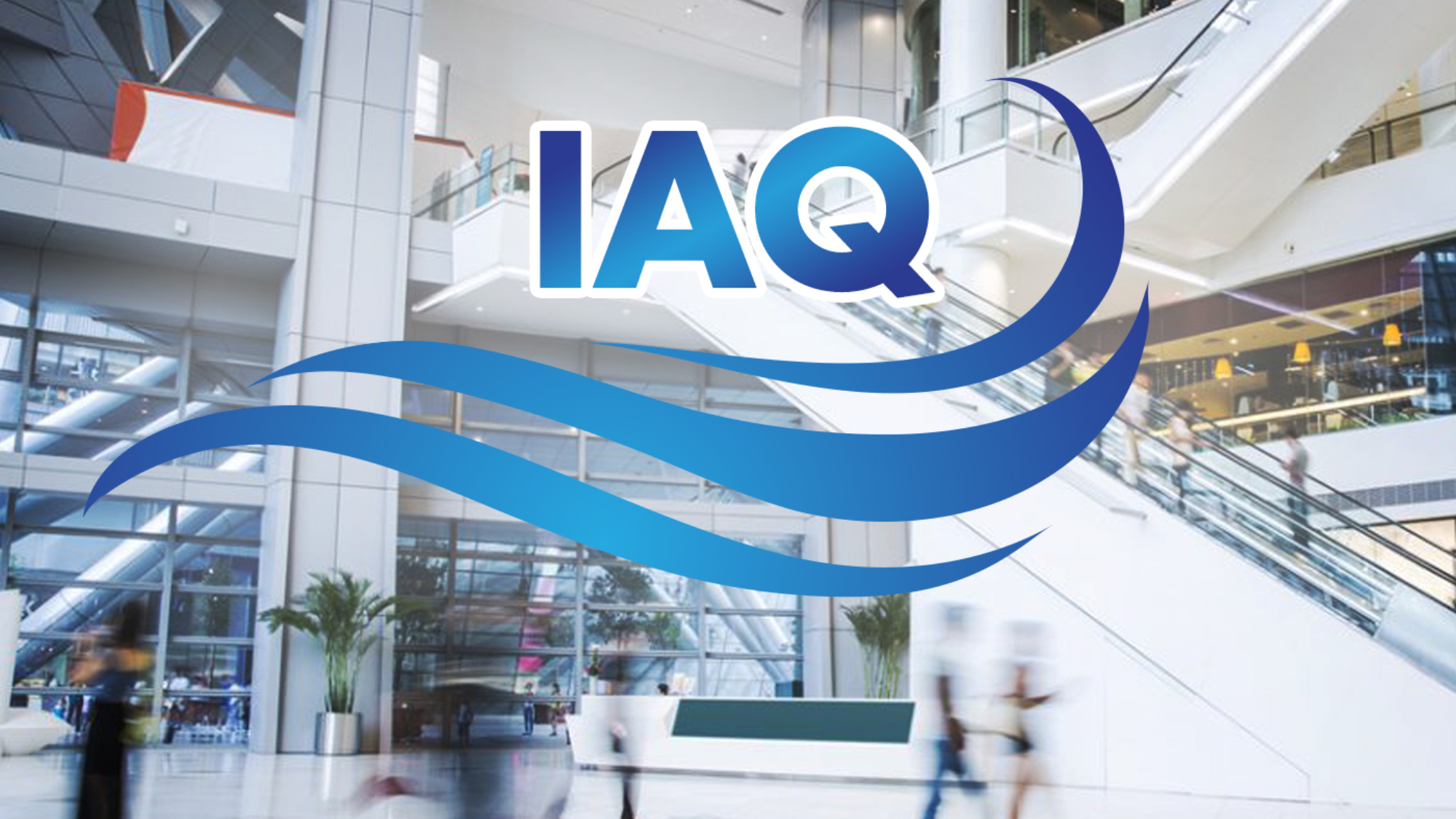In a previous article, we discussed how HVAC filters can greatly reduce pollutants and create better indoor air quality. However, there are other options. In addition to HVAC filters, there are oxidation and ionization devices, ventilation systems, and humidifiers.
Oxidation and Ionization Technology to Purify Air
Oxidation and ionization devices use advanced technology to purify the air. There are many types of this technology that work in different ways to destroy airborne particles. They are very effective and fast at reducing viruses, bacteria, mold spores, volatile organic compounds (VOC), and even odors from the air. Some of these devices can reduce germs from sneezing by 99.9% – and before the sneeze goes past three feet!
Installing oxidation and ionization devices may be easier than you think. They often will work with your existing air ducts. So how do they work? The devices convert oxygen molecules in the air to charged atoms. These atoms then cluster around microparticles, surrounding and deactivating pollutants like airborne mold, bacteria, allergens, and viruses. The larger particles result in more efficient filtering of air. The process also produces and distributes friendly oxidizers throughout your space, oxidizers also found in nature.
Good Ventilation for Better Indoor Air Quality
Ventilation also helps with airflow, which dilutes and moves out contaminants. Besides opening windows and doors, make-up air units can increase ventilation. What are make-up air units? Well, make-up air units do just that – they “make up” for the air that has been removed inside from exhaust fans. This type of HVAC brings in fresh, tempered air from outside to replace inside air instead of recirculating it. Tempered air means the system adjusts it for temperature and humidity, whereas a standard ventilation fan does not make this adjustment.
Increase Humidity to Decrease Infection
Humidity is an important factor when it comes to better quality IAQ. Research suggests that increased humidity deactivates viruses, bacteria, and other microbes in the air and reduces the number of viable airborne particles. The idea is that added moisture will damage the outer membrane of viruses. It may also make “droplets” less likely to linger in the air. A central humidifier will add water vapor to indoor air via your HVAC system. Adding this to your system can increase humidity to optimal levels indoors, especially during the winter season when heating causes humidity to drop. Relative Humidity (RH) levels between 40% and 60% are considered effective.
Now that you know about the options, what will work best for your property? TWS Facility Services is your one-call to do it all – we handle everything from parking lot sweeping to building maintenance, including HVAC. Our maintenance technicians can inspect your current system and evaluate any needed maintenance, repairs, or upgrades. Call us up for a no-obligation chat and ask how we can help improve the IAQ of the indoor spaces you manage.

